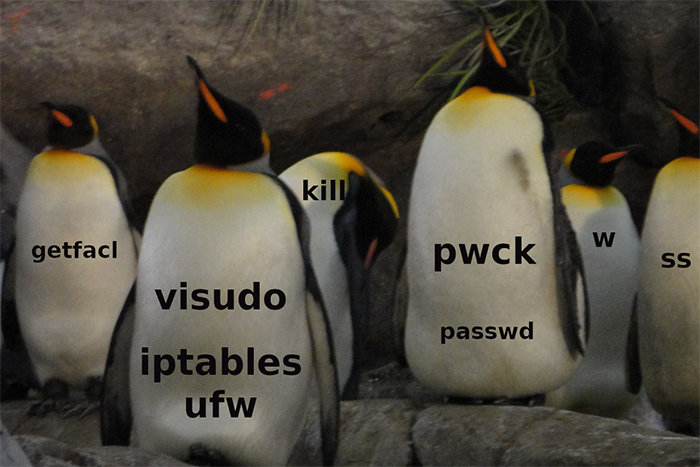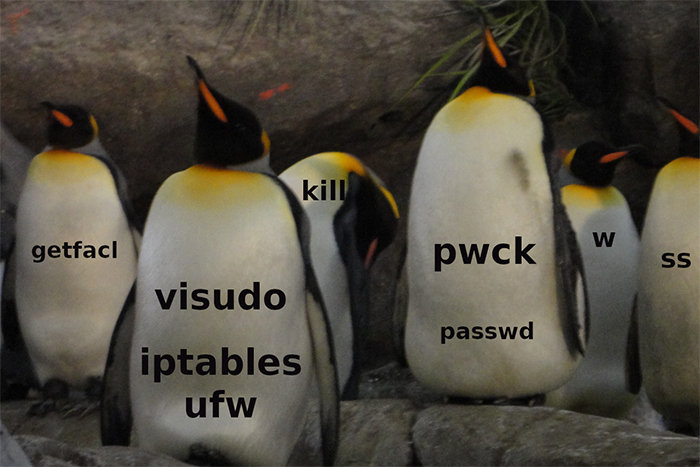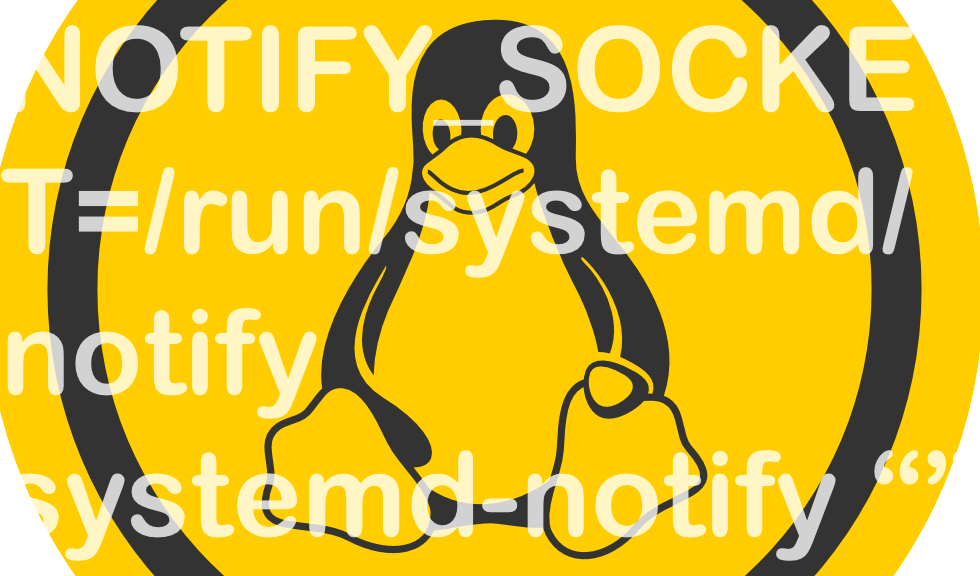Cisco unearths 13 ‘High Impact’ IOS vulnerabilities you need to patch now
Cisco today exposed 13 vulnerabilities in its IOS and IOS XE switch and router operating software that the company said should be patched as soon as possible.The vulnerabilities were detailed in Cisco’s twice-yearly dump of IOS exposures. All have a High Impact security rating, and fixes should be evaluated by users quickly.[ Also see Invaluable tips and tricks for troubleshooting Linux. ]
The company said this particular batch of issues could let an attacker gain elevated privileges for an affected device or cause a denial of service (DoS) on an affected device.To read this article in full, please click here READ MORE HERE…










